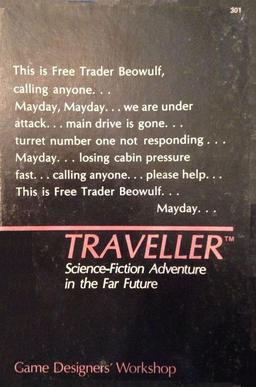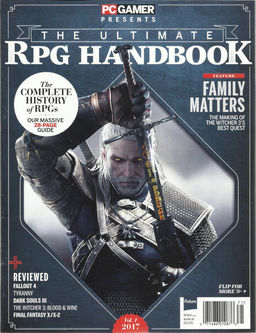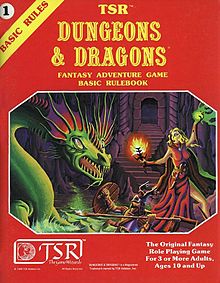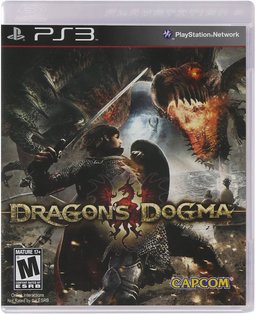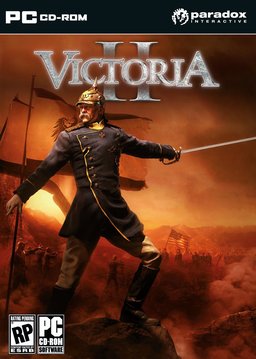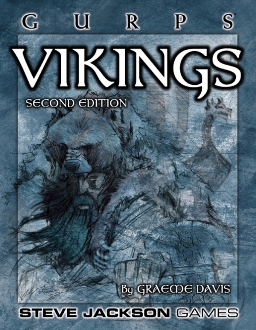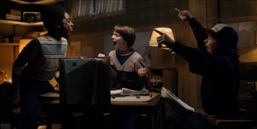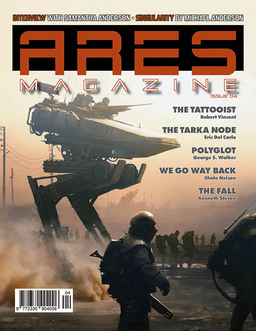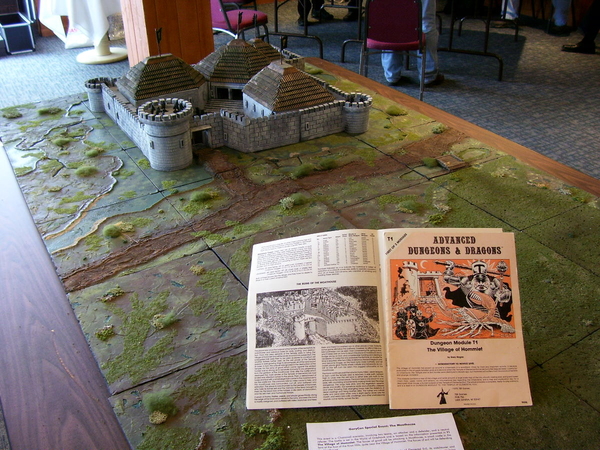Modular: Who Would Win? John McClane and James Bond versus a Tribe of D&D Goblins
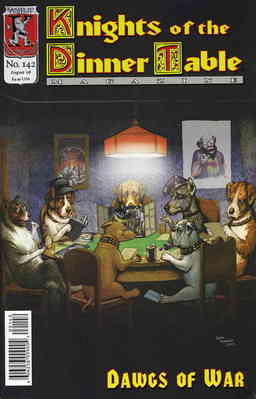 I came across a fascinating piece by Noah J.D. Chinn in Knights of the Dinner Table issue 142 (August 2008). Chinn’s guest editorial for the “Gamer’s Pulpit” column is an intriguing analysis of how the realism bar for heroes has shifted radically from the days of our youth (us Gen Xers) until now.
I came across a fascinating piece by Noah J.D. Chinn in Knights of the Dinner Table issue 142 (August 2008). Chinn’s guest editorial for the “Gamer’s Pulpit” column is an intriguing analysis of how the realism bar for heroes has shifted radically from the days of our youth (us Gen Xers) until now.
The single most interesting fact he presents is a piece of data generated by Mike Hensley charting how many goblins a first level fighter could kill before dying across all iterations of Dungeons & Dragons (at that point there were 6 versions, 5th Edition not yet having debuted). He ran the combats at least 1,000 times for each fighter in a Javascript simulation program, with the fighter facing the goblins one at a time, producing an average for each version. This is what the data reveals:
- OD&D: 2.7 goblins killed
- BD&D: 4.1
- AD&D1: 4.3
- AD&D2: 7.3
- D&D 3e: 10.1
- D&D 4e: 23.4 Holy Crap!
(It would be interesting to further extrapolate from this data: Does it suggest that a 4e first-level fighter could, one-on-one, take out 4 or 5 OD&D fighters before succumbing? Or that a first-level 4e fighter is roughly equivalent to a third-level fighter in Basic?)
Chinn argues that this hero power inflation cuts across popular culture. He uses the Die Hard movies as an apt illustration:
